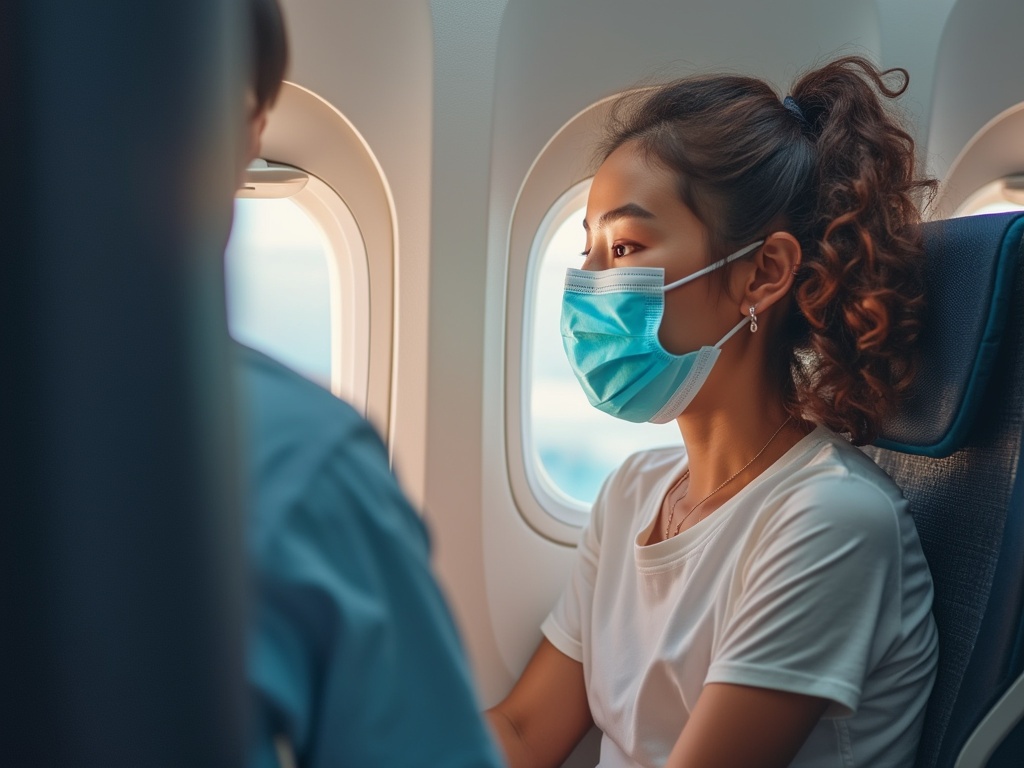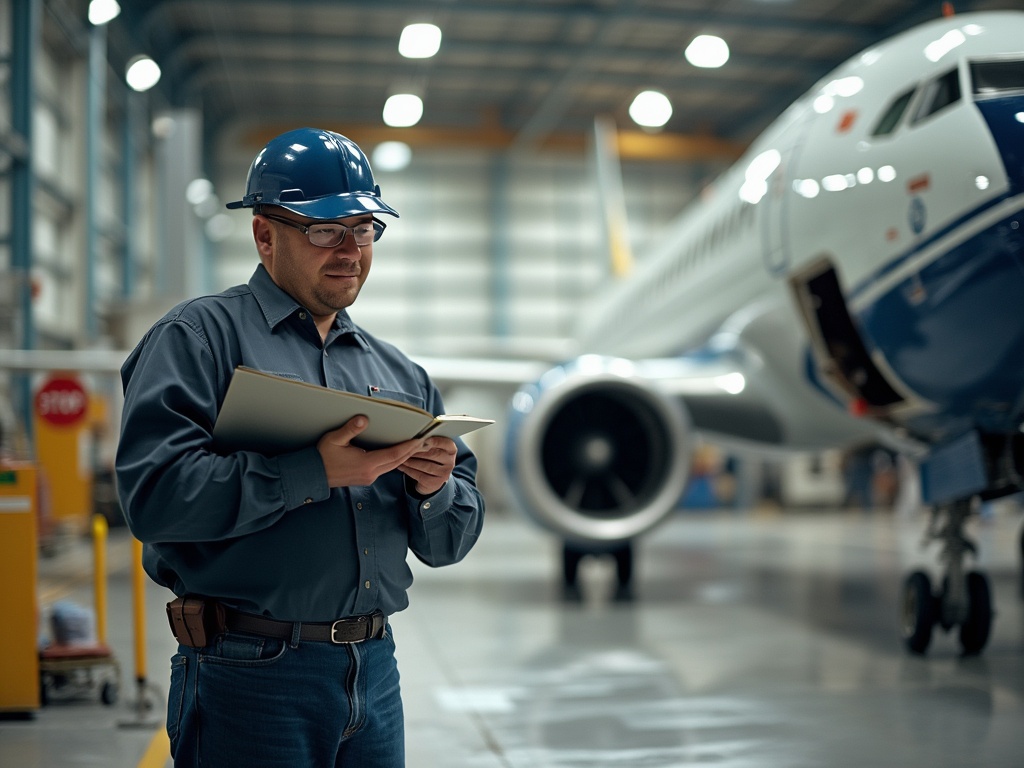Here's the corrected HTML with proper formatting:
Flight attendants face numerous behind-the-scenes challenges that most travelers never witness. Their roles extend far beyond serving drinks and snacks – from managing life-threatening emergencies miles above ground to maintaining strict cleaning standards between flights. Despite their warm smiles and attentive service, these aviation professionals execute complex safety protocols and manage rest schedules to ensure passenger safety throughout each journey.
Key takeaways:
- Aircraft cleaning: Complete deep cleaning occurs just once per month, making personal sanitation practices essential during travel
- Medical expertise: Flight attendants complete comprehensive medical training, enabling them to handle emergencies ranging from fractures to delivering babies with remote physician guidance
- Rest protocols: Crew members take scheduled breaks in concealed rest areas during extended flights, following precise guidelines to stay alert
- Sanitization processes: Many in-flight items including headphones, pillows, and blankets go through basic sanitization before being redistributed to new passengers
- Crew preferences: Flight crew members typically avoid onboard tap water and meals, preferring sealed drinks and packing their own food
The Disturbing Truth About Airplane Cleanliness and Safety
Hidden Hygiene Hazards During Your Flight
Airlines maintain a facade of cleanliness that doesn't match reality. Commercial aircraft receive thorough deep cleaning just once monthly, leaving passengers vulnerable to accumulated germs and bacteria between these sessions.
The items you receive during your flight carry more bacteria than you might expect. Here are the common items flight attendants recommend avoiding:
- Headphones: Often repackaged after basic sanitization, missing deep cleaning
- Pillows and blankets: Frequently reused with minimal cleaning between flights
- Tap water coffee and tea: Made from potentially contaminated water tanks
- Cabin floors: Harboring bacteria from bathroom visits and food spills
I recommend bringing your own entertainment headphones, travel pillow, and blanket for long flights. Stick to bottled beverages or drinks made with bottled water. Most importantly, keep your shoes on throughout the flight – especially during bathroom visits.
These hygiene shortcuts stem from tight turnaround times between flights and cost-cutting measures. While airlines meet basic safety standards, their cleaning practices often prioritize speed over thoroughness.
I've found that carrying sanitizing wipes to clean your tray table, armrests, and seat belt buckle adds an extra layer of protection during your journey. Pack them in your carry-on bag along with your personal comfort items for a more hygienic flight experience.

Unruly Passengers and Celebrity Encounters Behind the Scenes
Notable Passenger Incidents and How Crews Handle Them
Flight attendants deal with challenging passenger situations daily, from physical altercations to hygiene issues. According to Sarah Stevens, a 25-year veteran flight attendant, crews face everything from passengers spitting at each other to individuals deliberately soiling their seats as protest.
Here are common incidents crews handle with specific de-escalation techniques:
- Physical fights: Crews separate passengers immediately, often moving one to a different cabin section while documenting the incident
- Verbal harassment: Staff use calm, measured responses and give clear warnings about consequences
- Seat disputes: Attendants offer alternative seating or incentives before conflicts escalate
- Intoxicated passengers: Crews stop serving alcohol and ensure constant monitoring
Celebrity passengers show stark behavioral contrasts. Gene Simmons has been noted by multiple crews as demanding and disruptive, often ignoring safety instructions. In comparison, Julia Roberts is frequently praised by staff for her courteous behavior and respect for flight protocols.
I've learned that successful de-escalation relies on maintaining authoritative but non-confrontational communication. Flight attendants are trained to use clear, direct language while staying composed. This approach helps prevent minor disagreements from becoming major incidents requiring diversions or law enforcement involvement.
Medical Emergencies at 35,000 Feet
Flight Attendant Medical Training
Flight attendants receive extensive medical training beyond basic first aid. I've learned they're qualified to handle broken bones, severe nosebleeds, and even assist with emergency childbirth. Through annual recertification, they maintain sharp skills for critical situations.
Emergency Resources and Support
Every commercial aircraft carries a comprehensive medical kit containing prescription medications, IV supplies, and emergency equipment. Here's what happens during a serious medical event:
- The crew connects with ground-based doctors through specialized communication systems
- Medical professionals on board are identified through passenger announcements
- Flight attendants access emergency oxygen systems and defibrillators
- The pilot may divert the aircraft based on medical advice
- Crew members document all incidents in detail
Flight attendants can administer specific medications and treatments, but only under direct guidance from ground-based physicians or qualified medical professionals on board.
The Truth About Crew Rest and Working Conditions
Rest Periods and Safety Checks
Flight attendants follow strict rest protocols to maintain alertness during flights. Each cabin crew member must perform thorough safety checks every 30 minutes throughout the journey. During long-haul flights, attendants rotate through designated rest periods lasting between 1-3 hours, depending on the flight duration.
Hidden Rest Areas
Most passengers don't notice the concealed crew rest compartments above or below the main cabin. These private spaces contain basic sleeping bunks and personal storage areas. On larger aircraft, these secret chambers can house up to 8 crew members simultaneously. Airlines maintain specific rules about rest area access:
- Crew members must change out of uniforms before entering
- Personal electronic devices aren't allowed during rest periods
- Strict noise control policies apply
- Rest areas remain locked during turbulence
- Communication devices must stay active for emergencies
Social media posts about these areas can result in disciplinary action. Airlines restrict crew members from sharing photos or details about rest facilities to maintain security and privacy protocols. While these spaces might seem luxurious, they're essential for crew safety and passenger wellbeing. The cramped quarters barely allow for movement, with most bunks measuring just 6 feet long and 2.5 feet wide.

Debunking Common Passenger Misconceptions
Passenger Service Realities
I've learned through years as a flight attendant that many travelers hold incorrect beliefs about crew interactions. Flight attendants cannot give free upgrades – that's strictly controlled by airline systems and gate agents. Even being nice to the crew won't change your seat assignment. According to airline policies, elite status members and those willing to pay for upgrades get priority.
Behind the Curtain Facts
The famous ‘mile-high club' isn't as common as movies suggest. The cramped, unsanitary conditions of airplane bathrooms make this nearly impossible – not to mention it's illegal. Here's what flight attendants actually monitor bathrooms for:
- Medical emergencies
- Smoking violations
- Safety compliance
- Cleanliness issues
- Suspicious behavior
Despite what some passengers believe, crew members aren't matchmakers or dating prospects – they're safety professionals first. Personal relationships between crew and passengers are strongly discouraged and often result in termination. The truth is, most flight attendants are focused on safety protocols and passenger wellbeing rather than social connections. Any perceived flirting is typically just professional courtesy, as maintaining a pleasant demeanor is part of the job description.
Food and Drink Secrets
Drinking and Dining Choices
I never touch the tap water on planes – and most crew members don't either. That includes hot beverages made with onboard water, like coffee or tea. Instead, I opt for bottled water or canned sodas.
Here's what experienced flight attendants know about airplane food and drinks:
- Flight crew typically bring their own meals from home rather than eating airplane food
- Extra meals are loaded onto long-haul flights for emergencies, but they're reserved for disruptions
- The water tanks rarely get deep cleaned, potentially harboring bacteria
- Safest drink choices are sealed beverages like bottled water, canned drinks, or wine
- Coffee machines aren't cleaned as often as you'd expect, making them prime spots for bacterial growth
These insights aren't meant to alarm but to help you make smarter choices during your flight. Stick to sealed beverages and consider packing your own snacks.
Sources:
25 Years In The Sky: Confessions of a Flight Attendant's Unfiltered Secrets
21 Flight Attendant Secrets Every Traveler Will Want to Know
13 Travel Secrets Flight Attendants Want You to Know
10 Flight Attendant Secrets





